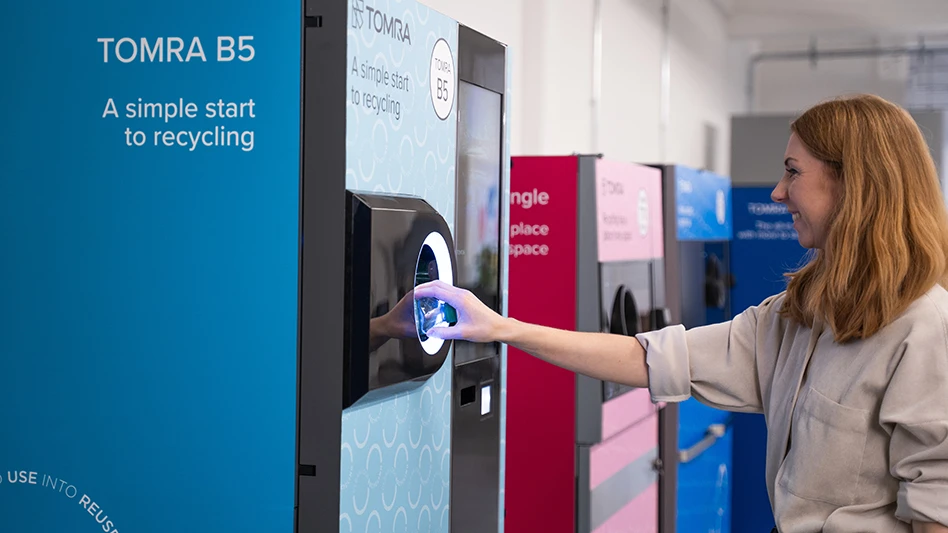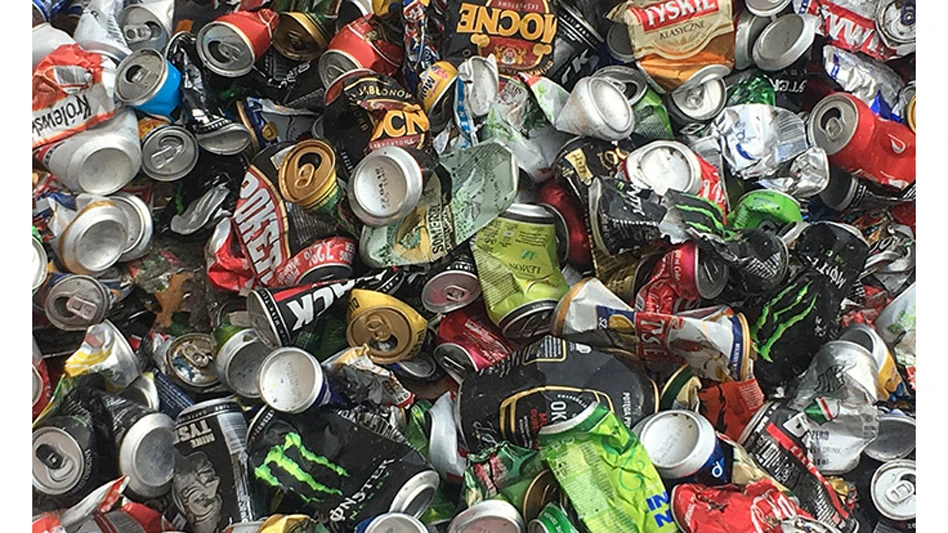 Index is based on December 1980 average prices as 100; Source: U.S. Bureau of Labor StatisticsMarkets for many secondary plastics remain characterized by insufficient supply relative to demand, according to sources. Although scrap generation is steady to increasing, it still cannot keep pace with demand for recycled plastics, which is helping to keep prices at healthy levels.
Index is based on December 1980 average prices as 100; Source: U.S. Bureau of Labor StatisticsMarkets for many secondary plastics remain characterized by insufficient supply relative to demand, according to sources. Although scrap generation is steady to increasing, it still cannot keep pace with demand for recycled plastics, which is helping to keep prices at healthy levels.
“Commodity prices are steady,” says a reprocessor based in the Midwest. “Engineered prices are steady to increasing.”
A reprocessor based in the East says, “Domestic demand is strong. POs are available for any materials you have ready to ship.” He adds, “We focus mostly in PP (polypropylene) and PE (polyethylene), but even our occasional load of engineering grades moves quickly for solid pricing.”
Domestic demand for commodity grades seems higher for fall months, a reprocessor in the Southeast says. “But lots of companies bought heavily in August to offset anticipated price increases,” she adds.
While the orders are available, some sources report tightness in truck availability for domestic shipments. “There seems to be a general shortage of OTR (over-the-road) trucking since the economy really started picking up in the spring,” the reprocessor based in the East says. While the Southeastern based reprocessor cites difficulty finding trucking into Florida in particular.
Outside of the domestic market, consumers within China continue moving away from purchasing lower value plastics in favor of high value material, the Southeastern reprocessor adds. “Licenses are up for renewal to China, so they are watching what they bring in closely.”
The Eastern reprocessor says Indian buyers are happy to purchase grades that Chinese buyers are no longer buying.
However, some exports could be hampered by the tightness in container availability. According to the reprocessor based in the Midwest, obtaining containers for overseas shipments continues to be challenging.
The Eastern reprocessor adds, “Rumor is the steamship lines are taking vessels out of the shipping lanes to increase pricing. We’ve seen the cost to export double in the last year.”
A recent report, available at www.sustainablepackaging.org/resources/default.aspx, identifies overseas competition for post-consumer plastic scrap generated in the U.S. as one of the primary hindrances to increased use of post-consumer recycled content in packaging. The report by the Sustainable Packaging Coalition (SPC), Charlottesville, Va., “Guidelines for Increasing Post Consumer Content in Plastic Packaging,” outlines four additional hindrances: lack of collection and sorting infrastructure, limited material markets, Food and Drug Administration requirements for packaging used in direct food and drug contact, critical performance requirements and the use of environmental barriers.
Katherine O’Dea, lead of the SPC research project and author of the report, says, “This is the first practical resource to offer guidance and solutions for using recycled materials in specific high-volume plastic packaging applications and it sets aggressive yet realistic expectations for increasing recycled content use.”
Latest from Recycling Today
- ReMA urges open intra-North American scrap trade
- Axium awarded by regional organization
- China to introduce steel export quotas
- Thyssenkrupp idles capacity in Europe
- Phoenix Technologies closes Ohio rPET facility
- EPA selects 2 governments in Pennsylvania to receive recycling, waste grants
- NWRA Florida Chapter announces 2025 Legislative Champion Awards
- Goldman Sachs Research: Copper prices to decline in 2026





